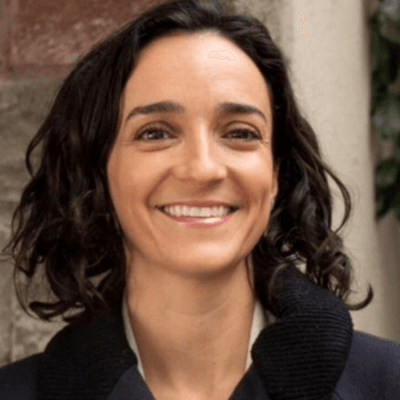A holistic approach to funding at the intersection of gender and the environment
Global Greengrants Funds’ Laura García explores the lack of funding at the intersection of gender and the environment, especially for supporting women-led environmental work and combating gender-based violence.

Billions of dollars in philanthropic funding supports efforts to protect the environment each year, but only a small fraction is focused on addressing gender-based violence against women environmental defenders (WEDs). These women are often at the forefront of holistic and community-centered responses to the climate crisis. Yet, just 0.05% goes directly to support the women facing violence due to their environmental activism.
A critical gap in intersectional funding for gender and the environment
In 2024, with the support of the Ford Foundation, Global Greengrants Fund, the Global Alliance for Green and Gender Action (GAGGA), and the SAGE Fund led a project to identify obstacles to and opportunities for resourcing WEDs at this critical intersection of women, the environment, and gender-based violence. The findings were compiled into a report, A Holistic Approach to Funding Women Environmental Defenders, which synthesizes key insights and recommendations for funders.
An analysis of grants awarded in 2017 by the 252 foundations that made at least one grant focused on gender and the environment revealed that, of the $4.3 billion in environmental funding awarded in 2017, just 1.2% ($53.1 million) was focused on women and the environment. Only 12 grantmakers explicitly funded organizing that responded to gender-based violence leading to 0.05% ($2.3 million) being directed to the intersection of women, the environment, and gender-based violence. Even among the funders who make grants at the broader intersection of women and the environment, very few explicitly address violence against WEDs in their funding. Most support a handful of women-led environmental organizations or environmental projects focused on women; these often include international nongovernmental organizations, women’s funds, or intermediaries, rather than WEDs directly.
Building awareness for funding at the intersection of gender and the environment
Collaboration across multiple issue areas and movements is essential for ensuring that funders are meeting the most pressing needs communities around the world are facing. When well executed, funder collaboratives can accelerate impact and create shared learnings that benefit both funders and grantees. Being in conversation and thinking collaboratively about impact, power, and funding mechanisms facilitates co-learning and builds trust. Funding across issue areas requires building relationships, networks, and honing capacities to constructively challenge ourselves as individuals, institutions, and communities of practice.
One example, Roots Rising: Growing Grassroots Gender-Just Climate Action, is a direct response to the significant lack of funding at the intersection of gender and the environment and the growing need to transform numerous bilateral pledges and commitments into significant climate action. Led by GAGGA, GGF, and Women’s Environment and Development Organization (WEDO), Roots Rising aims to mobilize at least $100 million in new funding for gender-just climate action by 2026, and significantly more by 2030. The collaborative provides a participatory platform to attract more public and private funding and facilitate direct funding to grassroots organizations centering women and gender equality.
Collective efforts, greater impact
Years of partnerships financing women-led environmental work have laid the groundwork for Roots Rising. Precedents like the Funder Learning Community for Women and the Environment (FLC) have paved the way. In this community, private foundations, local women’s and environmental funds, and activists are learning and organizing together to move more and better resources to movements, groups, and collectives working at the nexus of gender and the environment. FLC seeks to alleviate issues like the fact that many foundations’ program officers find it challenging to fund initiatives that span multiple issue areas because their organizations aren’t set up this way. Building a community of practice has allowed for shared learning on how to respond to these restrictions, making for a more holistic approach to funding.
These collective efforts highlight the vast potential to close the funding gap and accelerate progress toward a more just and sustainable future. While direct funding is a critical aspect, so too is bringing people together to generate opportunities for strategizing and building collective analyses. We need a multiplicity of approaches to the challenges that climate emergencies hold for us all.
Photo credit: FG Trade via Getty Images
About the authors
